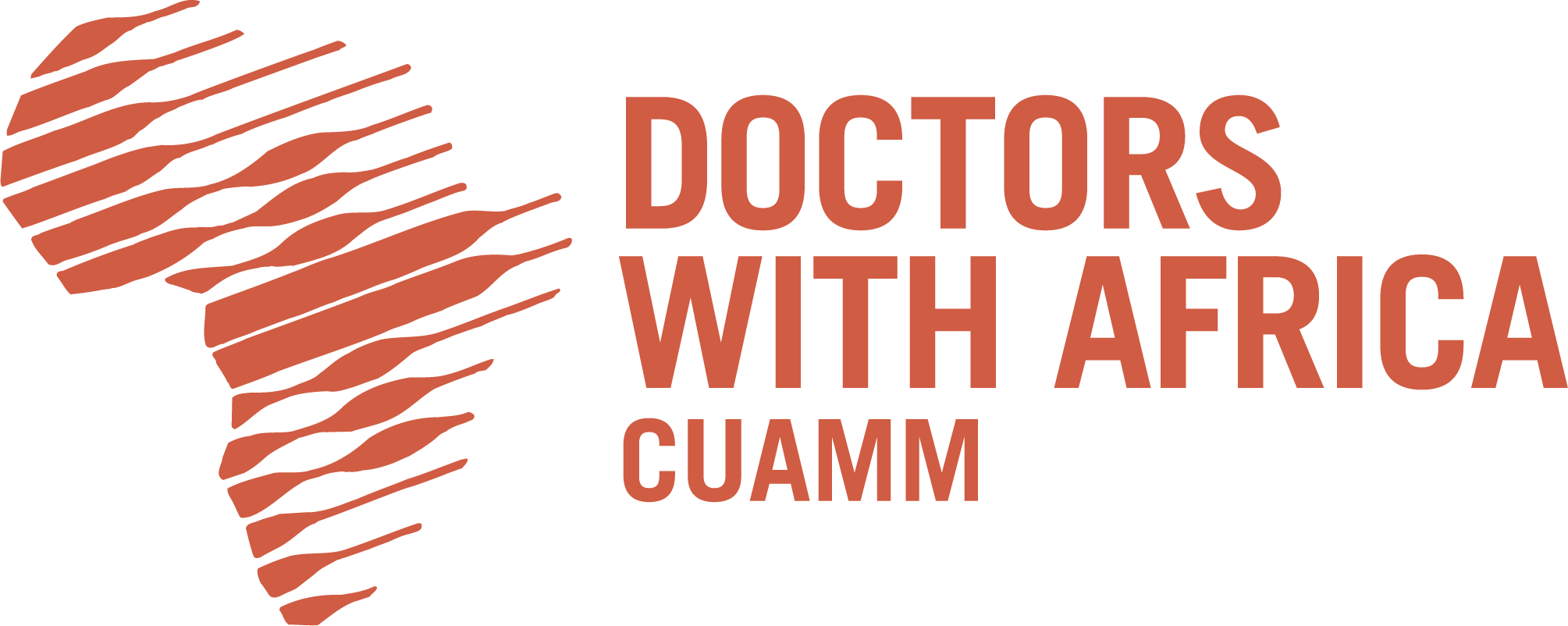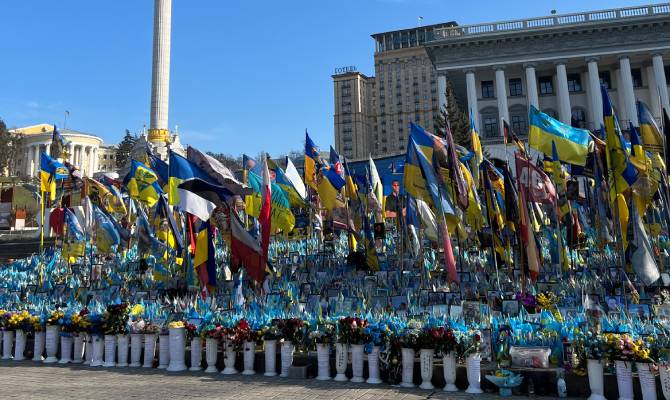Three years ago, we launched an intervention in the country with the twofold objective of providing support to the civilian population affected by the conflict and equipping healthcare facilities in need with consumables, equipment and emergency kits needed to ensure care—particularly in areas closest to the front line.
It is precisely the medical logistics activity to have distinguished CUAMM’s intervention in the country from the beginning. Based on the Health Request Planning and Response Tool developed by the WHO, this activity, in line with Strategic Objective 113 of the 2023 Ukraine Humanitarian Response Plan (HRP) and Health Cluster Objective 114, also contributed to the cluster’s core activity: “Procure, prepare, and distribute essential medicines, medical equipment, and consumables to healthcare facilities.”

“The greatest needs have always been surgical instruments and emergency kits, especially for facilities located right on or near the front line. Sutures, needles, forceps, surgical scissors—as well as trauma management and care tools like neck collars, spinal boards, and evacuation stretchers—are the most requested supplies,” said Francesco Belotti, CUAMM Project Manager in Ukraine.
Among the most at-risk facilities are those in the Donetsk region, which a few months ago, as the front line advanced, were ordered to evacuate.
“These were two healthcare facilities that suddenly found themselves just a few kilometers from the fighting. The entire area was evacuated, and healthcare staff were relocated elsewhere. As a result, the nearest remaining healthcare posts became reference points without the real capacity to manage care. That’s exactly where we redirected our distribution” claimed Francesco Belotti.
The Donetsk region, together with the Kherson and Sumy regions, is among the hardest hit by the most recent attacks. Last week according to local authorities, 45 civilians were reportedly killed.
Meanwhile, 500 people were evacuated from areas near the front line in the Donetsk and Sumy regions, where homes, schools, hospitals, and infrastructure were also damaged or partially destroyed.
 Today, as the conflict shows no signs of ending, on the contrary it becomes more intense in the Dnipropetrovsk region, the need to ensure access to care and assistance remains, as noted by Andrea Atzori, CUAMM Head of International Relations.
Today, as the conflict shows no signs of ending, on the contrary it becomes more intense in the Dnipropetrovsk region, the need to ensure access to care and assistance remains, as noted by Andrea Atzori, CUAMM Head of International Relations.
“Medical logistics has been at the heart of CUAMM’s work in Ukraine for three years now. Today, giving continuity to the intervention is important in order to ensure the functioning of health facilities in distress, provide health services to the population and facilitate the reconstruction phase,” said Andrea Atzori – Head of International Relations of CUAMM.
Since first medical logistics operations, started in July 2024 and recently completed, we have involved eleven healthcare facilities located in Dnipropetrovska and Donetska oblasts, reaching a target population of 30,400 people.
The medical logistics activity is part of the SAFE-UKR project: Support and Assistance for Families in Emergency in Ukraine, which is part of a €46.5 million initiative funded by the Italian Agency for Development Cooperation (AICS) that reaches over 900,000 people affected by the Ukrainian crisis.





